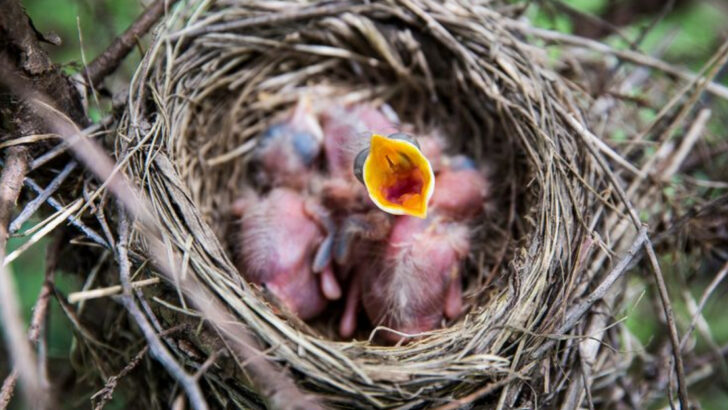Baby birds are tougher than they look—but their enemies are everywhere. From curious pets to sudden weather swings, danger waits at every twig. One wrong move and that cozy little nest becomes a target. Even well-meaning humans can do more harm than good. But don’t worry—there’s plenty you can do to help. You don’t need to be a bird expert or live in a forest. Just knowing what to avoid and when to act can make all the difference. Whether it’s skipping that lawn trim or keeping your cat indoors a bit longer, these small choices can protect the tiniest lives. Let’s look at the threats nesting birds face—and how you can step in like a feathery guardian angel.
Predatory Birds

Imagine a beautiful day with the sky so clear you can see every feather of a hawk soaring high. In this serene setting, the hawk’s keen eyes search for its next meal. Unfortunately, baby birds in nests can become a target. These predatory birds have incredible vision and agility, making them formidable threats. The vulnerable baby birds rely on their parents for protection, but sometimes the threat is too fast to avoid. On sunny days, when the sky seems calm, the danger might be lurking above. Awareness of predatory birds can be the first step in keeping nests secure.
Domestic Cats
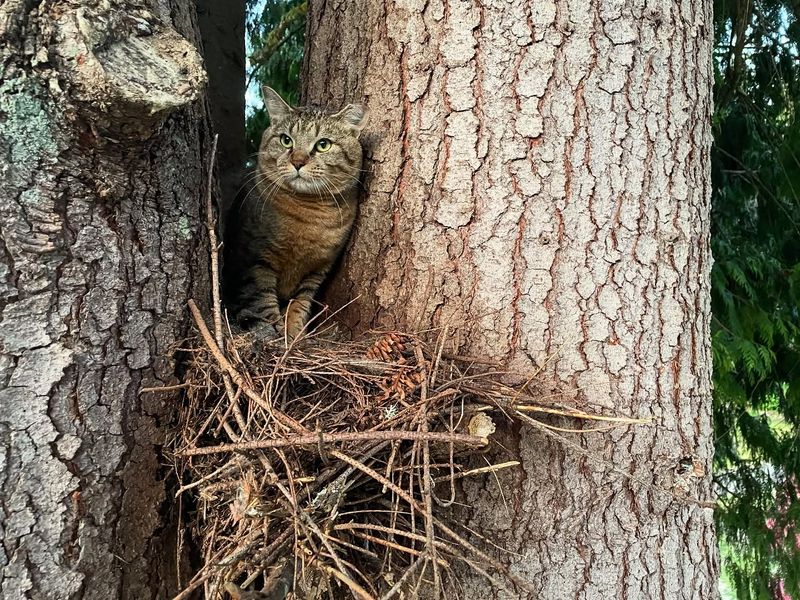
Every garden tells a story, and sometimes it includes the quiet stalking of a fluffy domestic cat. These lovable pets often have an innate hunting instinct, leading them to explore nests and tiny chirping inhabitants. Cats can easily climb trees, making them effective hunters of baby birds. Their presence alone can cause distress to bird families. Ensuring your cat is well-fed might not deter this natural behavior. Curiosity doesn’t just kill the cat; it endangers the local bird population. Keeping cats indoors during peak nesting seasons can significantly reduce threats to baby birds.
Harsh Weather
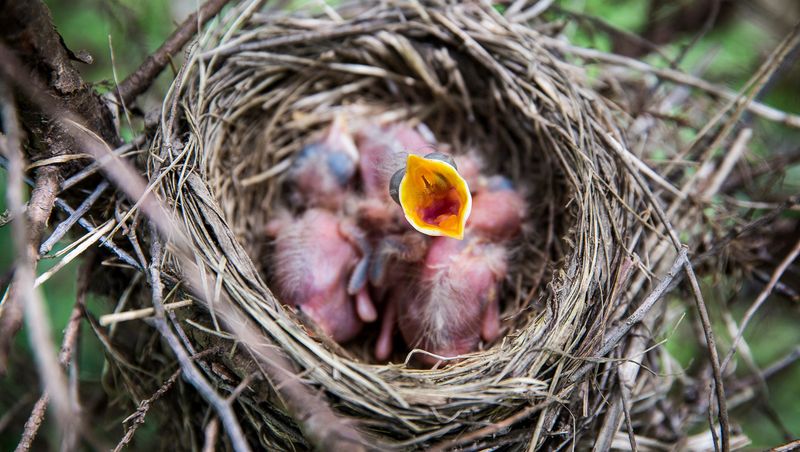
Thunder roars, and rain pours down in torrents, threatening the delicate balance of life in a bird’s nest. Harsh weather, including storms, heavy rain, and strong winds, can wreak havoc on fragile nests. Baby birds, still developing their feathers, struggle to withstand the elements. Without sturdy shelter, their survival becomes uncertain. The unpredictability of nature’s fury can displace nests and expose baby birds to further danger. Weatherproofing nesting areas by ensuring they are in sheltered locations can help minimize these risks, providing a safe haven even during tumultuous weather.
Human Activity

The sound of hammers and the sight of bulldozers illustrate human progress but can spell disaster for bird nests. As urban areas expand, natural habitats shrink, forcing birds to nest closer to human activity. Construction and landscaping can inadvertently destroy nests, leaving baby birds exposed. Even routine activities like trimming trees or mowing the lawn can pose threats. Awareness and caution are essential. Placing signs to indicate nesting areas can help protect these valuable ecosystems. Respecting nature while pursuing development ensures a harmonious coexistence between people and wildlife.
Pesticides

In the quest for perfect gardens, pesticides become a go-to solution, but their impact on wildlife can be devastating. Chemicals used to ward off pests can affect the entire ecosystem, including baby birds in nearby nests. These substances can contaminate food sources, leading to poisoning. As parents feed their chicks, the toxins can accumulate in their fragile bodies. Choosing organic or bird-friendly pest control methods can mitigate these dangers. Keeping gardens vibrant doesn’t have to come at the cost of local wildlife. Responsible gardening practices promote a healthy environment for all inhabitants.
Snakes

With silent, fluid movements, snakes approach their targets with precision. Bird nests, nestled in trees, can become easy prey for these stealthy predators. Snakes are adept climbers, and their presence can cause panic and chaos in a nest. The quiet rustle of leaves might be the only warning baby birds have before a snake strikes. Ensuring that nests are located away from dense underbrush or potential snake habitats can reduce these threats. Snakes often follow trails of scent or sound, so minimizing these factors can help keep baby birds safe from slithering dangers.
Predatory Mammals

Nighttime brings a different set of challenges, as nocturnal predators like raccoons emerge to forage. These adaptable mammals are known for their curiosity and dexterity, often finding their way to bird nests. Raccoons can easily climb trees and access nests, creating a perilous situation for baby birds. Their keen sense of smell and intelligence make them efficient hunters. Using deterrents like motion-activated lights or reflective materials can help protect nests from such nocturnal raids. Understanding these threats enables better protective measures for baby birds during the vulnerable nighttime hours.
Invasive Species
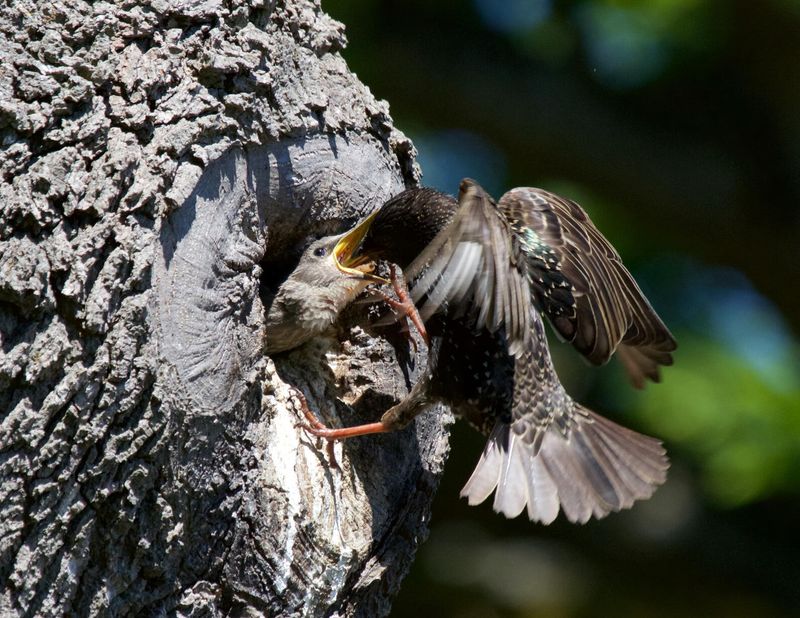
The introduction of non-native species can disrupt entire ecosystems, including bird habitats. Starlings, for instance, are known to take over nests of native birds, pushing out the rightful occupants. This aggressive behavior can lead to the decline of local bird species. The competition for resources becomes fierce, and baby birds may struggle to survive. Monitoring and controlling invasive species is crucial to maintaining ecological balance. Encouraging native bird populations by providing suitable nesting sites can help counteract these challenges. Together, we can support biodiversity and protect vulnerable bird communities.
Nest Parasites
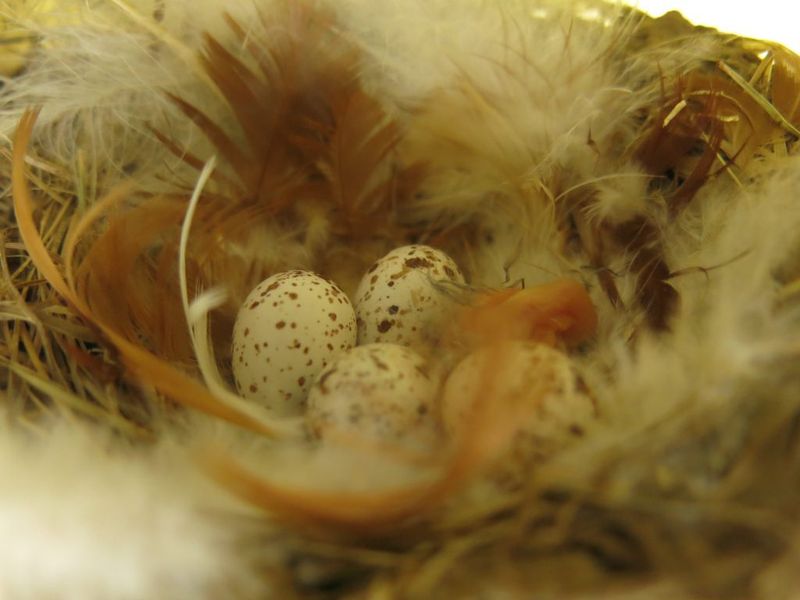
Even in the safety of their nests, baby birds may face threats from within. Parasites like mites and lice can infest nests, causing irritation and discomfort to young birds. These tiny invaders feed on blood and skin, weakening the chicks over time. An infested nest can become a breeding ground for disease, further jeopardizing the health of its inhabitants. Keeping nesting areas clean and removing old nesting material can help prevent infestations. Providing natural materials that repel parasites can also contribute to safer, healthier nests for baby birds.
Pollution

Litter and pollution have far-reaching effects, even in seemingly untouched natural areas. Discarded plastic and waste can find their way into bird habitats, posing a threat to nests. Baby birds may ingest small pieces of plastic, mistaking them for food. This can lead to internal injuries or blockages. Pollution not only harms the birds directly but also affects their food sources and overall environment. Community clean-up efforts and responsible waste management can significantly reduce these dangers. Protecting our natural spaces ensures a safer future for baby birds and all wildlife.
Secure Nesting Sites
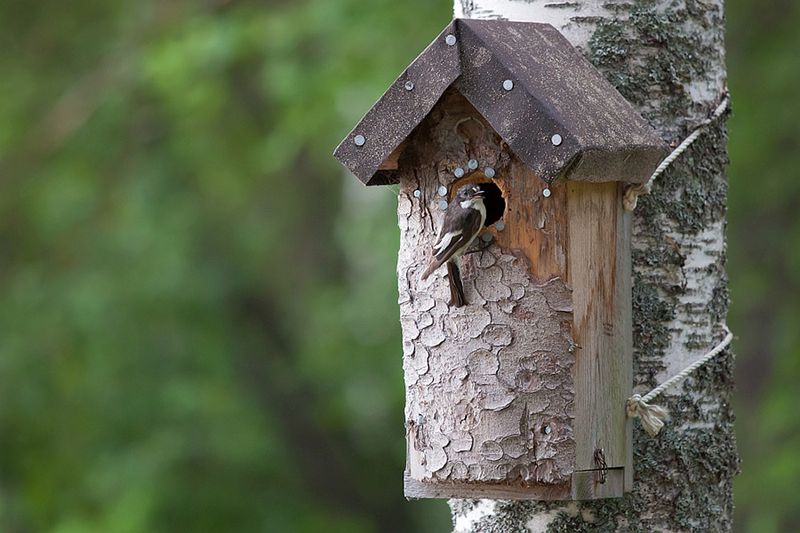
Creating safe nesting sites is essential for the protection of baby birds. By providing birdhouses or nesting platforms, you can offer secure shelters away from predators and harsh weather. Position them in sheltered locations, away from areas of high human or pet activity. This can significantly reduce threats from both natural and man-made dangers. Choosing materials that blend with the environment can help create a more natural setting. Regular maintenance and cleaning of these sites ensure they remain safe havens for birds. Supporting nesting sites means supporting the future of bird populations.
Monitoring and Observation

The simple act of observing can be a powerful tool in the protection of baby birds. By monitoring nests, you can quickly identify potential threats and intervene if necessary. Use binoculars to watch from a distance, ensuring you don’t disturb the birds. This allows you to notice changes in behavior, health, or environment. Reporting any concerns to local wildlife authorities can ensure prompt action. Engaging the community in bird-watching can foster a sense of responsibility and stewardship. Your vigilance can make a crucial difference in the survival of baby birds in their natural habitats.
Community Involvement
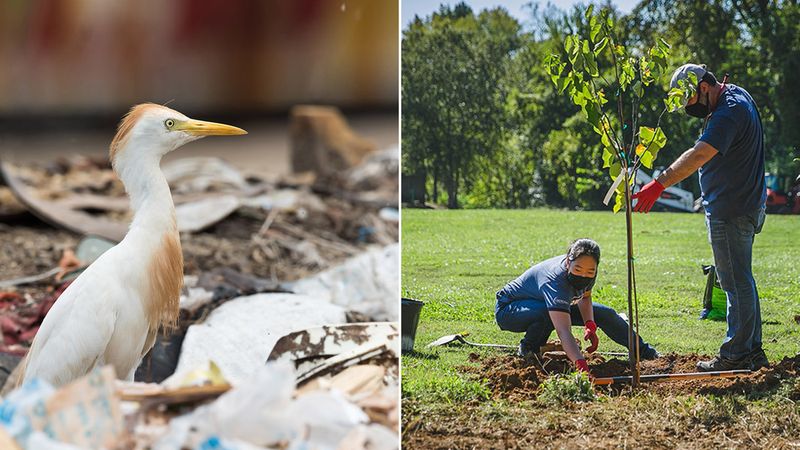
Working together as a community can amplify efforts to protect baby birds. Community clean-up events, educational workshops, and local initiatives can raise awareness about the importance of bird conservation. These activities not only clean up habitats but also educate people on best practices for coexisting with wildlife. Building and maintaining bird-friendly environments creates a supportive network for birds. Encouraging local businesses to participate and sponsor events can further enhance these efforts. Collective action ensures that baby birds have safe places to grow and thrive, fostering a deeper connection with nature.
Educating the Youth
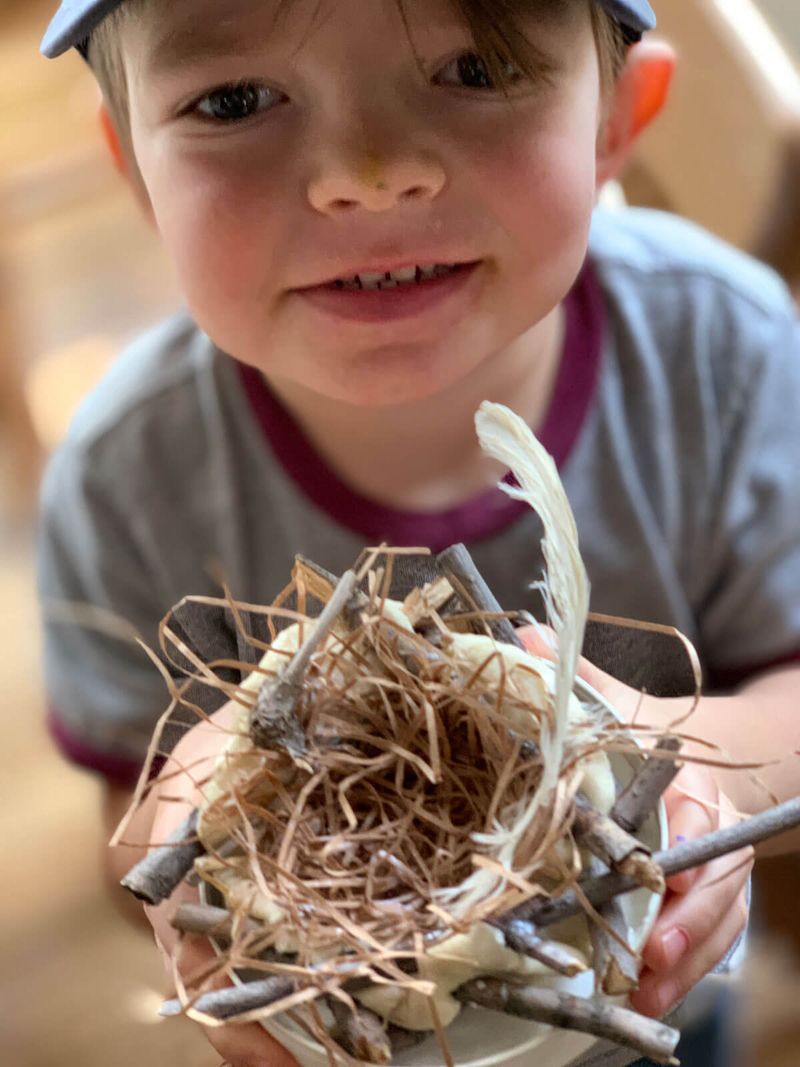
Inspiring the next generation with the wonders of bird watching can lead to long-term conservation efforts. Educational programs in schools and community centers can teach children about the importance of protecting baby birds. Hands-on activities, such as building birdhouses or participating in nature walks, can instill a love for wildlife. Knowledge gained at a young age sets the foundation for responsible environmental stewardship. By fostering curiosity and respect for nature, we prepare future generations to continue the work of conservation. An informed youth becomes a powerful ally in protecting our feathered friends.
Natural Deterrents

Using natural deterrents to protect baby birds can be both effective and environmentally friendly. Devices like reflective spinners, wind chimes, or even placing certain plants nearby can deter predators. These methods create a sense of movement and sound that can confuse or scare away potential threats. They are easy to install and maintain, making them accessible for anyone. Strategically placing these deterrents around nesting sites can enhance their effectiveness. Encouraging the use of natural deterrents helps maintain the balance of nature, ensuring baby birds have a safe place to flourish without harm.
Responsible Pet Ownership
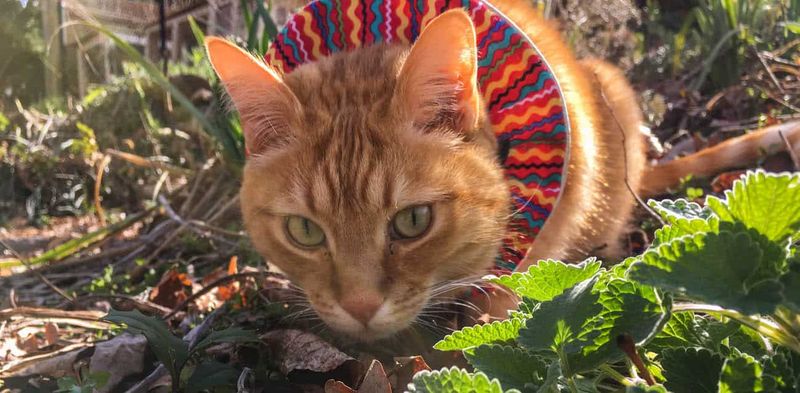
Responsible pet ownership plays a significant role in the safety of baby birds. Ensuring that pets, especially cats, are kept indoors during nesting seasons can drastically reduce threats. Equipping cats with collars that have bells can alert birds to their presence, giving them time to react. Training pets to avoid certain areas of the garden can create a safer environment. Pet owners must understand the impact their animals can have on local wildlife. This awareness fosters coexistence and ensures that pets and wild birds can share the environment harmoniously.
Providing Food Sources

Supplementing food sources can be a lifeline during challenging times for parent birds trying to feed their chicks. Setting up bird feeders with seeds, nuts, and suet can provide essential nutrition. These feeders should be placed near nesting areas but far enough to prevent easy access by predators. The additional food supply can reduce the stress on parent birds, allowing them to focus on caring for their young. By ensuring accessibility and safety, feeders can support the growth and health of baby birds. This small gesture can have a significant positive impact on bird populations.
Wildlife-Friendly Gardening

Transforming gardens into wildlife-friendly spaces promotes a thriving ecosystem. Planting native species provides food and shelter for birds, while water sources offer hydration. Avoiding pesticides and choosing organic fertilizers ensures a safe environment. Birdhouses and nesting platforms create secure spaces for nesting. Designing gardens with varied heights and textures attracts diverse species. These efforts support not only birds but all local wildlife, creating a harmonious backyard habitat. By committing to wildlife-friendly gardening, you contribute to the well-being of baby birds and their future generations, nurturing a space where nature can flourish.

